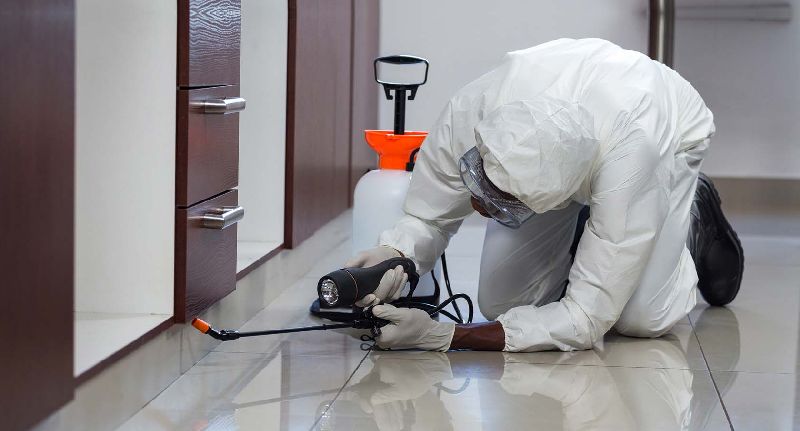Introduction
Termites may be tiny insects, but their ability to wreak havoc on homes and structures is immense. These wood-eating pests can cause extensive damage if left unchecked, leading to costly repairs and headaches for homeowners. Understanding the risk factors, the importance of proper treatment, and the significance of safety measures can help you protect your property from these silent destroyers.
Risk Factors:
Several factors increase the likelihood of a termite infestation. Areas with warm and humid climates are particularly attractive to termites. Additionally, properties with excess moisture from leaky pipes or poor drainage create a conducive environment for termites to thrive. Wooden structures or materials in close contact with the soil, such as wooden flooring and wooden door frames, can serve as entry points for termites.
When to Act:
The moment you suspect or notice signs of a termite infestation, it’s crucial to take immediate action. Common indicators include mud tubes along walls, damaged wood with a honeycomb-like appearance, and hollow-sounding wood when tapped. The longer you delay, the more extensive the damage may become, and the costlier the remediation process.
The Importance of Quality Pesticides:
Choosing the right pesticides is vital to ensure effective termite control. RPA Pest Control recommends using high-quality termiticides that create barriers to prevent termites from entering your home. Seek professional advice from RPA Pest Control’s experts who can identify the type of termites infesting your property and recommend appropriate treatments.
Safety Concerns:
While pesticides are essential for termite control, safety precautions must be a top priority. Always follow the manufacturer’s instructions and heed the advice of RPA Pest Control professionals. Keep children and pets away from treated areas until the pesticide has dried and the area is safe.
Preventive Treatments:
Prevention is key when it comes to termite control. RPA Pest Control advises regular inspection of your property for signs of termite activity and addressing any moisture issues promptly. Maintain proper ventilation and drainage to reduce dampness. Consider using termite-resistant materials when building or renovating your home. Applying preventive treatments, such as liquid termiticides can create a protective barrier against future termite infestations.
Professional Assistance:
While DIY methods may work for minor pest issues, termite control is a job best left to the experts. Hiring a licensed pest control professional like RPA Pest Control Services ensures a thorough assessment of your property and appropriate treatment application. Regular inspections can also be scheduled to catch potential infestations in their early stages, saving you from costly repairs down the line.
Conclusion
Termite control is a critical aspect of protecting your home and investments from these destructive pests. Identifying risk factors, timely action, using quality pesticides safely, and employing preventive measures are vital steps to safeguard your property. At RPA Pest Control, we take pride in offering top-notch solutions designed to precisely fit your needs, surpassing your expectations at every stage. Recognizing that each space is distinct, our committed team is focused on delivering personalized services that cater to your individual requirements. Enlisting the help of RPA Pest Control ensures a comprehensive approach to termite control, giving you peace of mind and a termite-free home.

